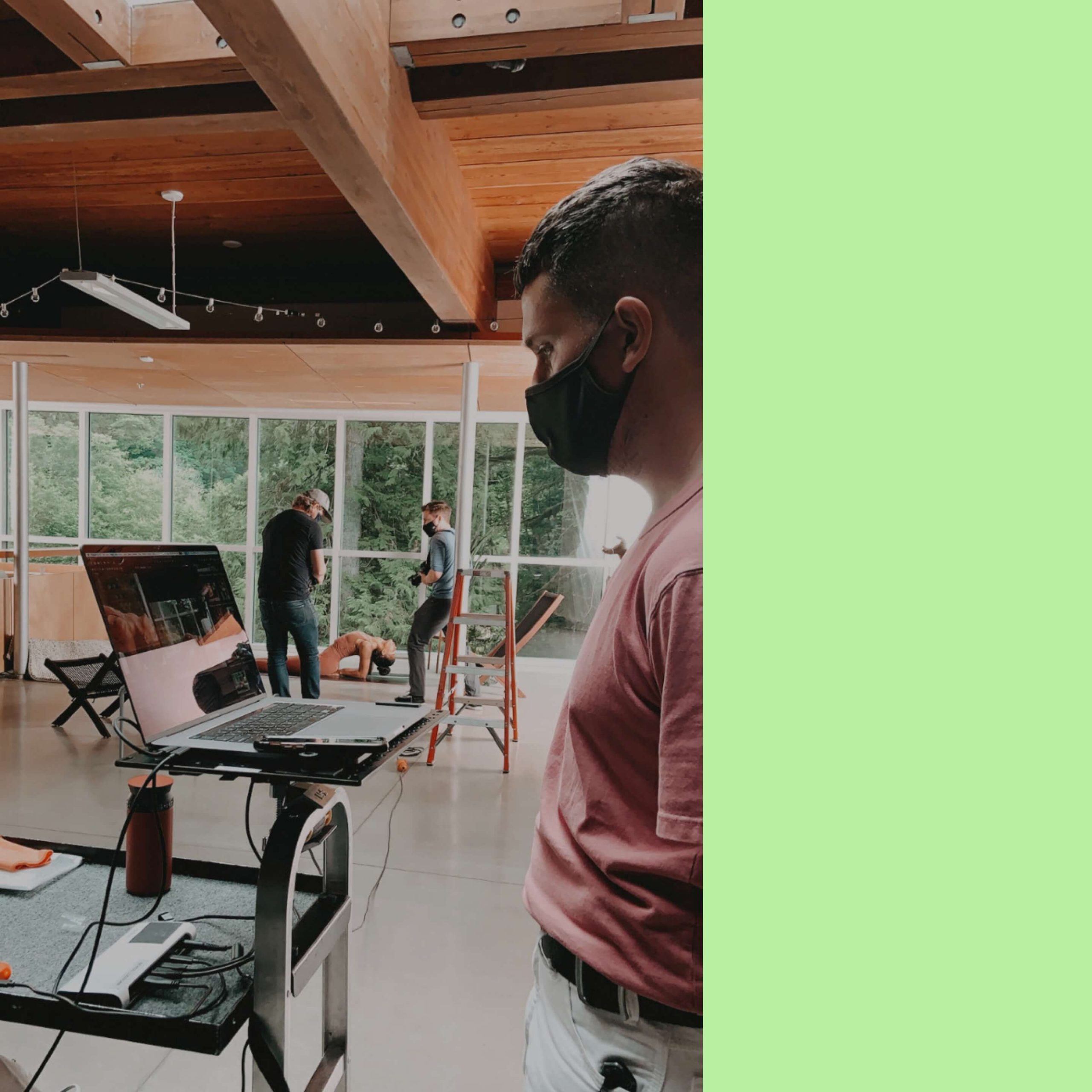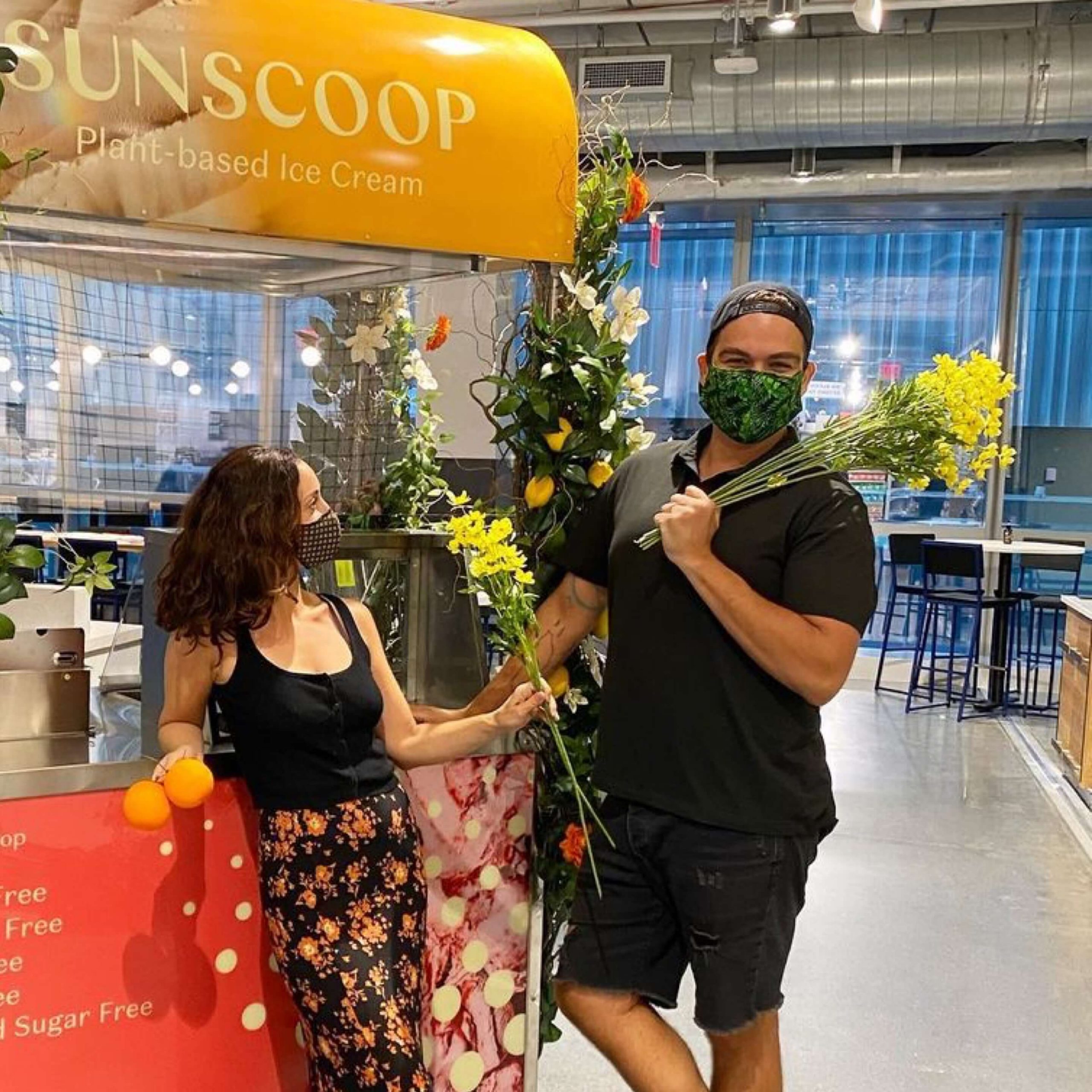There was a lot of talk about the Great Reopening this year. It came. And then it left. And then it came again.
As we wrestle with new variants and vaccine sentiment, it seems that for the foreseeable future we’ll be lingering in a liminal space—not quite locked down, but not quite ready for a free for all.
Some markets are fully open and some are under major limitations. Last week I had a call with a contact in Melbourne who was going into week-eight of lockdown. Here in Vancouver, our mask mandate is still very much in place and vaccine records are required for indoor dining. But also I just went to a large sporting event for the first time in almost two years, the US land border is about to re-open, and vaccinated travellers no longer require that pesky two-week quarantine that plagued Canadians for a year and a half.
For marketers it’s the time of year when we’re thinking about holiday campaigns, but so many questions still remain: will shopping malls see a good ol’ fashioned holiday rush? Will consumers still be leaning into cozy homewear, or will they be polishing up for seasonal celebrations? Are new variants making us bearish spenders or are we still in a splashy backlash after our year of social austerity?
As you plan your campaigns for the year’s biggest shopping season, the art will be to tread those delicate lines. With that in mind, here are four considerations for making it through what I’m calling “pandemic shoulder season.”
1. Don’t make assumptions about where your audience is at
As you are thinking about visuals and copy for your campaigns, err on the side of small groups and cozy individuals. If your campaigns are global, avoid references to travel, which might alienate those who haven’t seen family in nearly two years. Recognize that mask mandates still exist in many regions and countries. Be sensitive to all the possible limitations some markets still may be experiencing.
2. Don’t ease up on digital
Just because stores are reopening, doesn’t mean expectations of digital experiences or online stock availability will be any less. Consumers are keeping many of their new pandemic habits and—no surprise—online shopping is definitely one of them. Don’t reallocate your old retail budgets fully back to brick and mortar just yet (or maybe ever). There is still time to make your ecomm conversion experience even tighter. The stakes are higher than ever.
If you remapped your customer journey at the beginning of the pandemic to account for physical retail closures, do them again and think through each of your markets—if you have an international presence, how are you reaching a customer in Hong Kong vs. Houston vs. Sydney, knowing they all might be in different stages of vaccine rollout and social distancing?
Still want to dabble in-person leading up to the holidays? Book a pop-up and use it to test new ideas, get exposure to a new market, or grow your email list. If every person who walked through the door of your pop up gave you their email address, that could make a month’s rent well worth it. Use all that momentum to drive back to ecomm.
3. Stay flexible
One of my favourite outcomes of the pandemic? We saw the value of agility. Nimble teams responded, flourished and took advantage of the shifting iceberg that was pandemic retail.
I have heard stories from businesses that didn’t feel the repercussions of the 2008 recession until a year or two later. With that in mind, it never hurts to stay light on your feet and ready to adapt to new realities as they continue to unfold. Don’t put all your eggs in one basket or get locked into major initiatives that might not be relevant in six months.
4. Keep it real
For better or for worse, 2020 was the year of messing up, acknowledging it and finding ways forward. The political and health landscape may not seem as fiery in 2021, but the realities of life-threatening illness, climate crises, racial inequality and political unrest are still very present in the world.
Consumers came to expect and even appreciate a certain rawness. It might not be the best idea for brands to lean into every cause, but it’s always the right thing to be genuine, try something new, pivot away from what’s not working, own your mistakes, and keep open lines of communication with your audience.
In ski communities shoulder season was historically a bit of a downer—too cold for summer adventures and not enough snow to ride the slopes. In the last few years though, I’ve seen hiking trails explode during this dreary in-between season. It’s prime trail-running season in my opinion. What would it look like for your brand to lean into the pandemic shoulder season in the same way? What new avenues can you open up if you embrace and work with what you’ve got?







